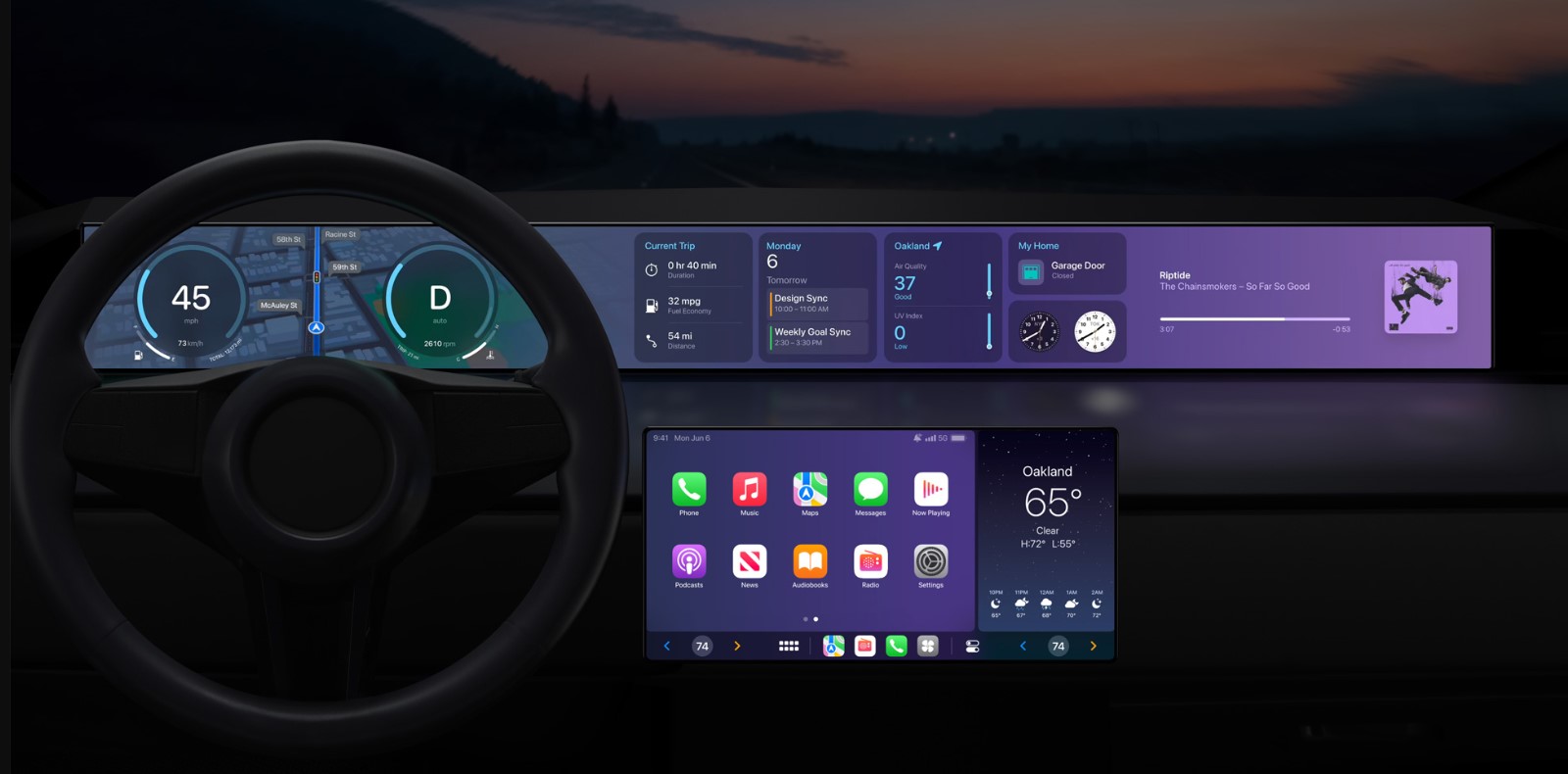Car manufacturers and technology companies are vying for cockpit superiority, a growing sub-segment of the $2.7 trillion global car market.
The emergence of digital technology has seen car companies design and implement digital cockpit strategies, investing huge sums of money.
The reason for allocating time and resources in this area is twofold. Firstly, they can upgrade the user experience for both the driver and the passengers.
Secondly, the more specialised software is used in a vehicle the more they can define its functions, both on the day of the car being delivered to the customer and also across the longer term.
Digital cockpits entail multiple screens, some visible solely to the driver, are software-based, can be controlled through voice commands, and allow the control of various functions within the vehicle, including its infotainment features.
However, according to a report released this month by independent technology analysts Canalys, a large number of drivers bypass any built-in functions and rely on smartphone mirroring to perform numerous tasks, including satellite navigation and playing music.
The report showed that 65 per cent of drivers surveyed in the US use smartphone mirroring, while 58 per cent of European participants also do the same.
“The aim of both the car makers and technology vendors is to control the user experience,” Canalys said.
“Car makers need to differentiate and aim to create new revenue streams; technology vendors want to increase loyalty to their ecosystems,” the company added.
Smartphone mirroring solutions were first launched in 2015, including by Google and Apple, as well as by Baidu in China.
Canalys said that based on its own estimates, more than 170 million cars around the world are capable of smartphone mirroring while driving.
In addition, 85 per cent of cars sold this year are capable of this functionality, while more than 60 per cent of cars with smartphone mirroring features were purchased over the past three years.
“This means that, with cars having an average lifespan of 12 years, most cars with smartphone mirroring, assuming they are still supported, will be in use for the next decade,” Canalys explained in its report.
“It also means that millions of drivers have used the solutions for more than five years already,” the report added.
Elsewhere in the report, drivers were questioned on how they use digital cockpit features, with infotainment functionalities playing a crucial role in this regard.
In the US, 50 per cent of drivers said that they play music, audiobooks and podcasts from their smartphones through their vehicle’s speakers. This figure drops to 30 per cent for European drivers.
What is more, with navigation being one of the primary uses of digital cockpit features, only 1 in 5 drivers in the US said that they use their car’s built-in navigation system. In Europe, this figure rises to 26 per cent.
“26 per cent of US drivers and 28 per cent of those in Europe mirror the navigation app from their smartphone to their car display,” the report noted.
“42 per cent of US drivers and 33 per cent of Europeans simply stick to the app on their smartphone and use the phone display,” it added, while also pointing out that iPhone users own a car with smartphone mirroring when compared to Android users.
Technology companies have had the upper hand in this area and have been trying to consolidate their position.
Google has already rolled out its Android Automotive OS in a number of vehicles as an embedded feature, while Apple’s recently announced next-generation CarPlay bets big on customisability and in-vehicle infotainment integration across a number of displays.
However, car companies are slowly mounting a comeback, with a number of systems set to launch by 2025.
Proprietary software will allow car makers to unlock new revenue streams, including through subscriptions, fleet services, and on-demand features, among others.
On-demand features could include driver assistance options, as well as optional luxuries, such as the activation of heated seats on a subscription basis, although this has already drawn ire from customers.
Moreover, the Stellantis group, which owns Alfa Romeo, Chrysler, Citroen, Fiat, Jeep, Peugeot and Vauxhall, is aiming to generate a revenue of $20 billion from software services by 2030.
However, when it comes to retaining smartphone mirroring, the decision for car makers is not straightforward.
“Those that continue to support smartphone mirroring in future vehicles will provide continuity of service and a familiar UX for existing users who will maintain their emotional connection to the smartphone and ecosystem, but it will be a generic solution and OEMs will miss their chance to differentiate and create new revenue streams,” Canalys explained.
“Those that only offer their new digital cockpit solution will aim to differentiate with their own user experience, personality, environment and potentially revenue-generating services, which are unique to their brand, while some will give the driver the choice of their own interface or the mirrored solution,” it concluded.







Click here to change your cookie preferences